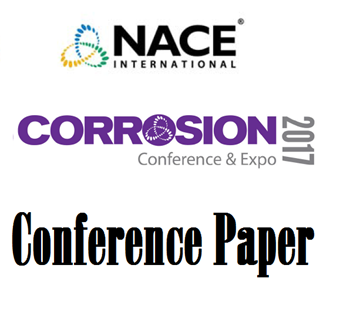Search
10122 Performance of Zinc Sacrificial Anodes for Long-Term Control of Reinforcement Corrosion
Also Purchased
02263 Impressed Current and Galvanic Discrete Anode Cathodic Protection for Corrosion Protection of Concrete Structures
Product Number:
51300-02263-SG
ISBN:
02263 2002 CP
Publication Date:
2002
$20.00
03301 USING HUMECTANTS TO ENHANCE THE PERFORMANCE OF EMBEDDED GALVANIC ANODES
Product Number:
51300-03301-SG
ISBN:
03301 2003 CP
$20.00
Sacrificial Anodes for Reinforced Concrete Structures: A Review
Product Number:
51317--9078-SG
ISBN:
9078 2017 CP
Publication Date:
2017
$20.00




